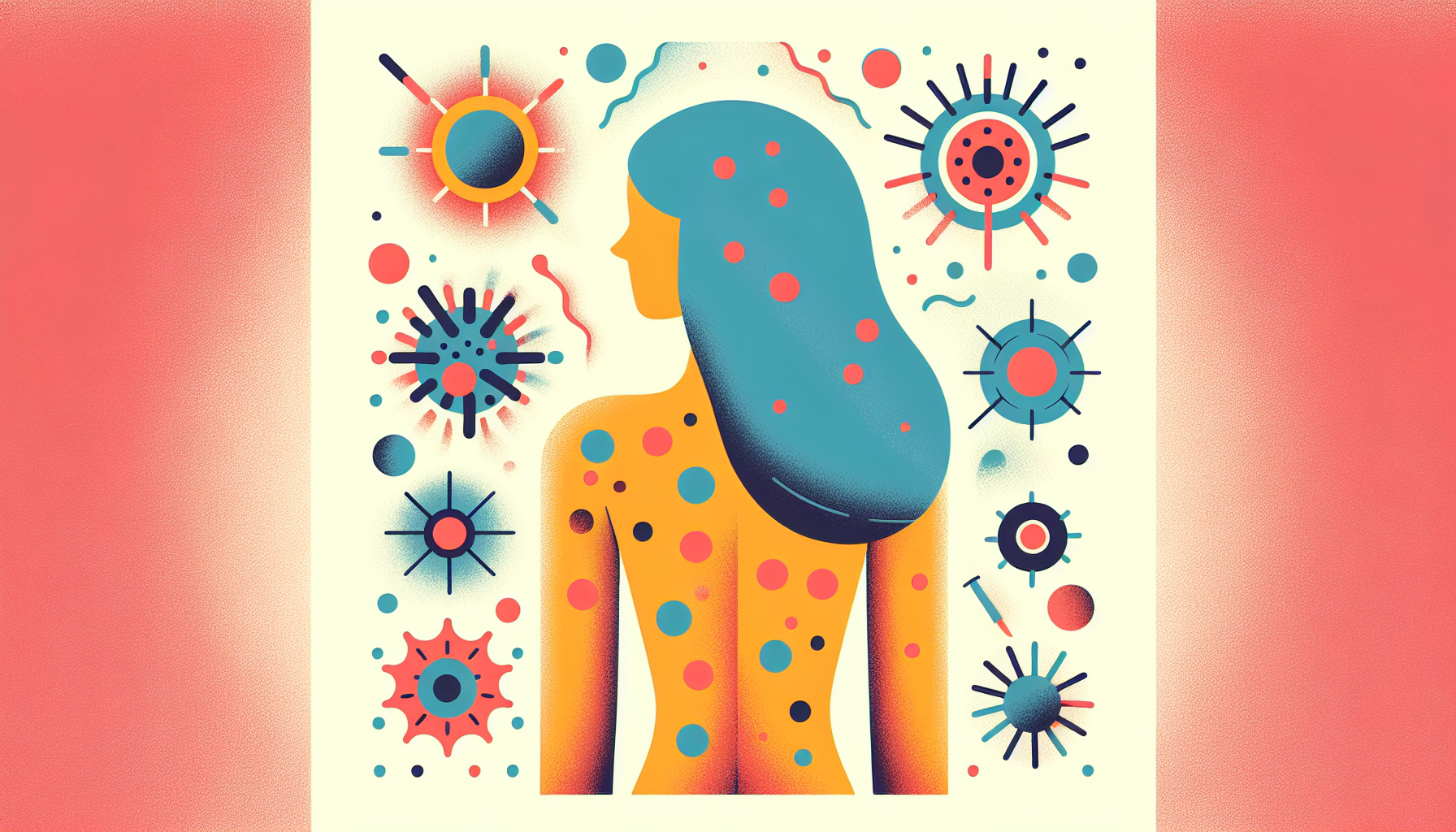Utah Becomes the First State to Let AI Handle Prescription Refills
Utah just made history: it's the first US state to let an AI system renew prescriptions on its own. The program covers people who are already taking medications for [...]
Read More
Medically reviewed by William Wadzinski | MD, Uniformed Services University of the Health Sciences on December 12th, 2023.
Molluscum contagiosum is a common viral skin infection that most often affects children, but adults with weakened immune systems can also get it. The infection causes small, raised, pearl-like bumps (papules) on the skin that can last for a few months or up to a few years.
The bumps caused by molluscum contagiosum usually appear on the face, trunk, and limbs of children and on the genitals, abdomen, and inner thighs of adults. These bumps are typically:
Painless but can sometimes itch
Small (2 to 5 millimeters in diameter)
Firm, dome-shaped, and flesh-colored at first
Softer with time
Red and may drain over time
Filled with a central core of white, waxy material

Molluscum contagiosum is caused by the molluscum contagiosum virus, which is part of the pox virus family. The infection can spread through:
Direct contact with an infected person
Sexual contact with an infected person
Rubbing or scratching the bumps
A doctor can usually diagnose molluscum contagiosum based on the appearance of the bumps. If there is any uncertainty, a skin biopsy can confirm the diagnosis. Your doctor may also check for other health problems if they suspect any underlying issues.
In many cases, molluscum contagiosum will go away on its own without treatment. However, if you want to remove the bumps, your doctor can do so by scraping or freezing them, although this may leave scars. Topical medications, such as those used for wart removal, can also help eliminate the papules.
To reduce your risk of getting molluscum contagiosum, follow these tips:
Avoid direct skin-to-skin contact with anyone who may have the condition
Treat eczema in children, as it can make them more susceptible to the infection
Practice safe sex or maintain a monogamous relationship with an uninfected partner (condoms do not provide full protection as the virus can reach areas not covered by the condom)
If you suspect that you or your child has molluscum contagiosum, consult a healthcare professional for an accurate diagnosis and appropriate treatment options. With proper care and attention, most cases of molluscum contagiosum resolve within 6 to 9 months.
For more information on molluscum contagiosum, visit:
This benign viral infection usually clears on its own within 6-18 months without scarring, making watchful waiting the preferred approach for most patients. Treatment is mainly considered for cosmetic concerns or to prevent spread to others. If you're unsure about unusual skin bumps or need guidance on treatment options, Doctronic can provide quick answers and peace of mind.
Utah just made history: it's the first US state to let an AI system renew prescriptions on its own. The program covers people who are already taking medications for [...]
Read MoreUnderstanding Mounjaro and Its UsesMounjaro is a prescription medication commonly prescribed for managing type 2 diabetes. It belongs to a class of drugs that help regulate [...]
Read MoreUnderstanding Hydrocortisone Uses and DosagesHydrocortisone is a versatile medication primarily used to reduce inflammation and suppress the immune system in various [...]
Read More